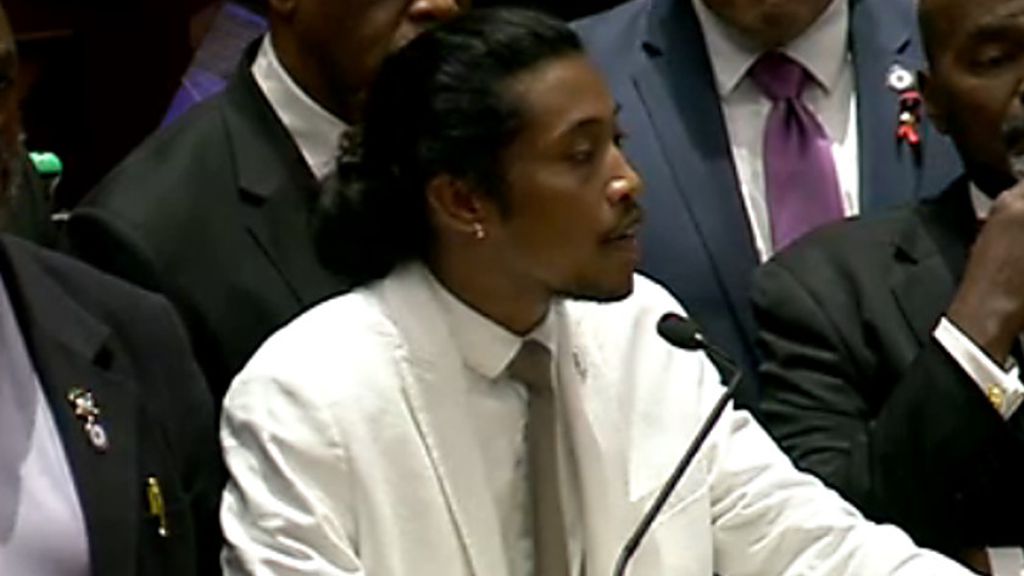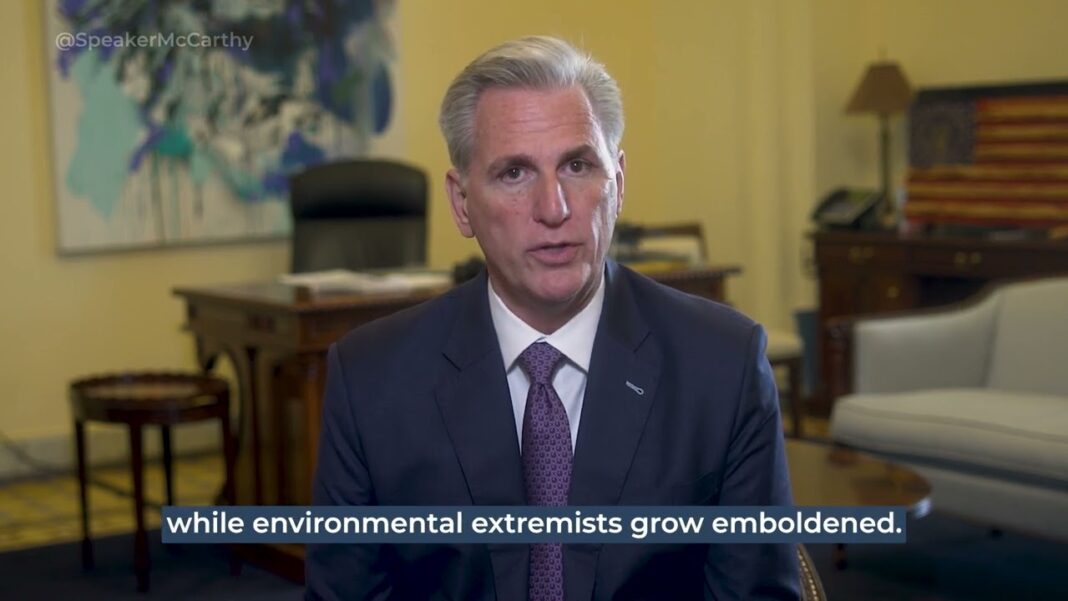IRS Commissioner Daniel Werfel on Thursday provided details about plans to hire armed agents in the agency’s criminal investigations division, amid Republican concerns about a proliferation of gun-toting tax enforcers.
Werfel said in a call with reporters that the share of staff working in the IRS Criminal Investigation (IRS-CI) unit would not climb above the current level of around 2.6 percent of the IRS’s overall workforce.
There are “no plans to increase” the hiring rate at the IRS-CI unit, Werfel said on the call. “That will stay at its current rate.”
The IRS-CI examines potential criminal activity related to tax crimes and makes recommendations for prosecution to the tax division of the Department of Justice. Agents at the criminal investigations division are authorized to carry guns and use lethal force.
Dubbed “gun-toters,” the armed special agents in the unit are responsible for enforcing those parts of the tax code in which violations amount to crimes, according to former IRS Special Agent Robert Nordlander.
According to the IRS-CI’s annual report (pdf), there were roughly 2,077 special agents in the criminal investigations unit as of the 2022 budget year, which represents around 2.6 percent of the IRS’s entire workforce.
The IRS employed 80,006 full time staffers as of the 2022 budget year, according to the agency’s strategic operating plan released on April 6.
The plan indicates how the IRS plans to use the $80 billion in new funding provided by Democrats’ Inflation Reduction Act. The new cash infusion would be used to hire thousands of new employees, improve tax enforcement and customer service, and audit wealthy taxpayers and corporations.
The plan indicates the agency intends to hire nearly 20,000 new full-time employees during the 2023 and 2024 fiscal years, including 8,782 hires in enforcement and 13,883 in taxpayer service.
Assuming no attrition owing to resignation and retirement, that would put the IRS’s total workforce by 2024 at roughly 100,000 employees.
In order to maintain the IRS-CI’s 2.6 percent share of the entire workforce, it would need to bring up the number of armed agents to roughly 2,600 from the current 2,077.
By Tom Ozimek








